Miguel Hernández, the charismatic violinist best known as “La Pulga” (the flea), succumbed to coronavirus last December at age 70.
From the time I met him in Plaza Garibaldi back in the late 1970s, I found Miguel’s account of how he helped pioneer the mariachi mass compelling. He described to me how, as a member of the Cuernavaca-based Mariachi Hermanos Macías, a French Canadian priest named Jean Marc Leclerc had lent their mariachi an 8-track tape cartridge of religious folk music from Mexico, Chile, and Brazil — all from the bishop’s personal record collection — recorded in the canonical sequence of the mass liturgy. Their assignment was to mount these numbers with their group and perform them as a cohesive mass. This visionary compilation had been conceptualized by the controversial Bishop Sergio Méndez Arceo, who titled it Misa Panamericana (Panamerican Mass).
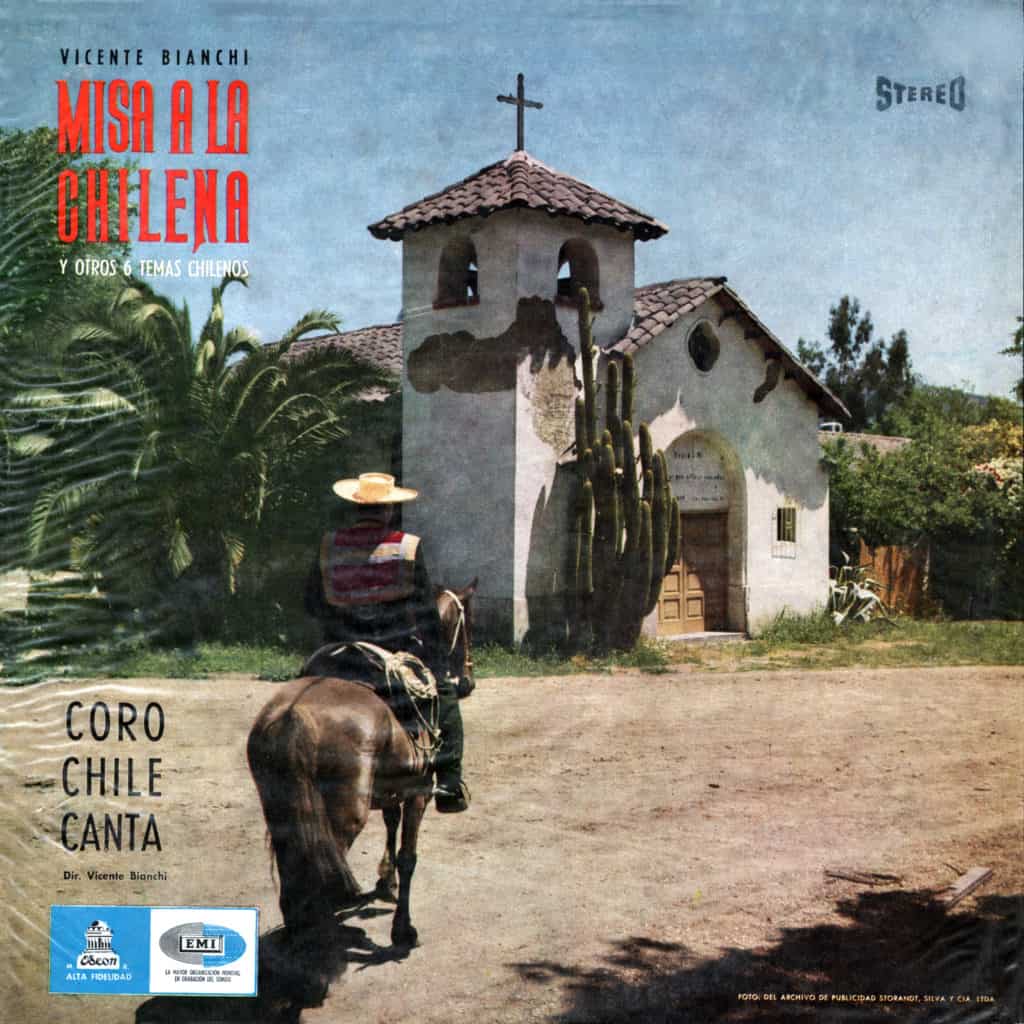
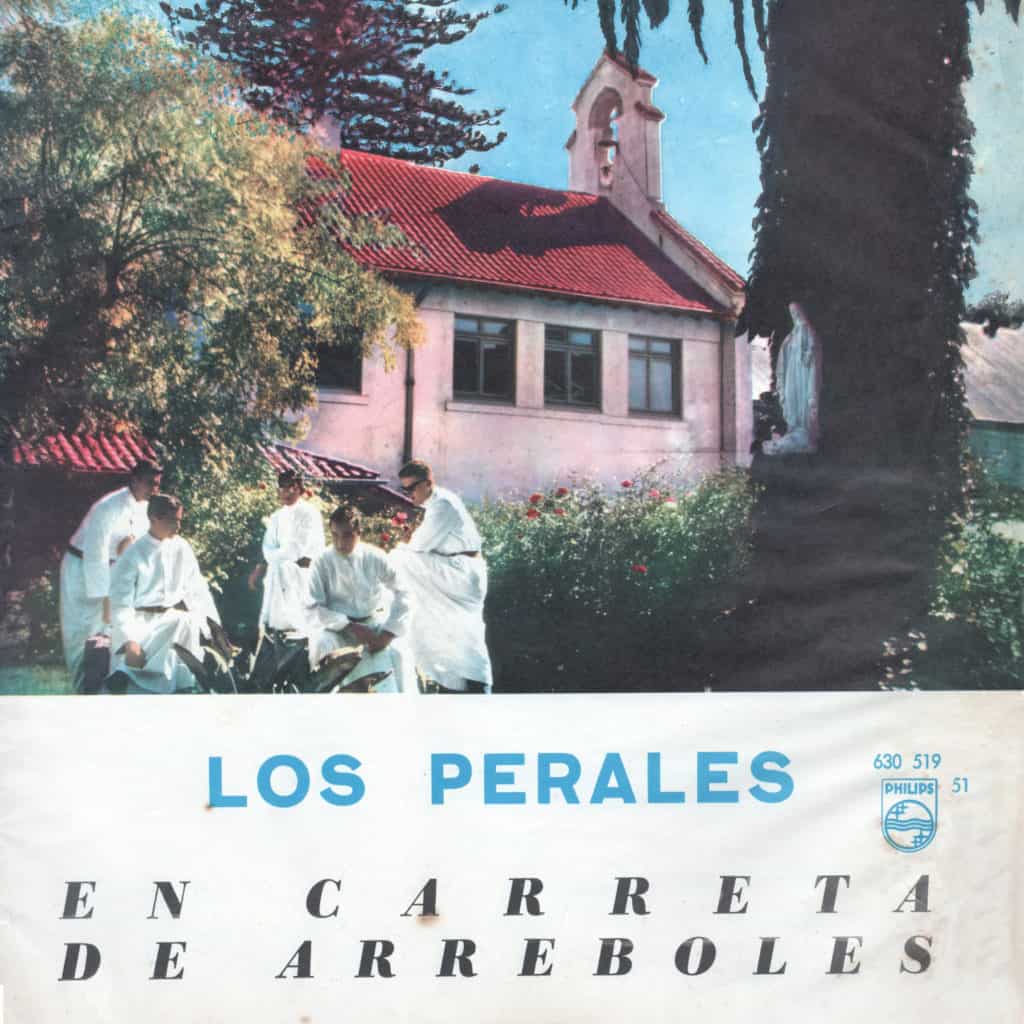
When the Macías brothers’ mariachi debuted the Misa Panamericana at the Cuernavaca Cathedral on the first Sunday after Easter in 1966, it was an immediate success, each presentation drawing up to 2000 worshipers, according to the liner notes of the long-playing record this mariachi recorded. The LP was sold widely to parishioners and visitors, and it soon found its way to the United States, where by the early 1970s this mass was already being performed in numerous U.S. cities. Although today there are many mariachi masses and many mariachi variants of the different mass sections, parts of the original Misa Panamericana are still preferred by some priests and performed today.
The Misa Panamericana had been made possible by the Second Vatican Ecumenical Council (1962-1965), one of whose stated objectives was “to adapt more suitably to the needs of our own times those institutions which are subject to change.” Previously, Roman Catholic masses had been officiated in Latin, which was also the preferred language of liturgical song, and pipe organ was the preferred musical instrument. Article 118 of the Constitution on the Sacred Liturgy of Vatican II exhorts that “Religious singing by the people is to be intelligently fostered,” a directive that helped open the door for vernacular song, music, and musical instruments to be used within the Catholic liturgy.
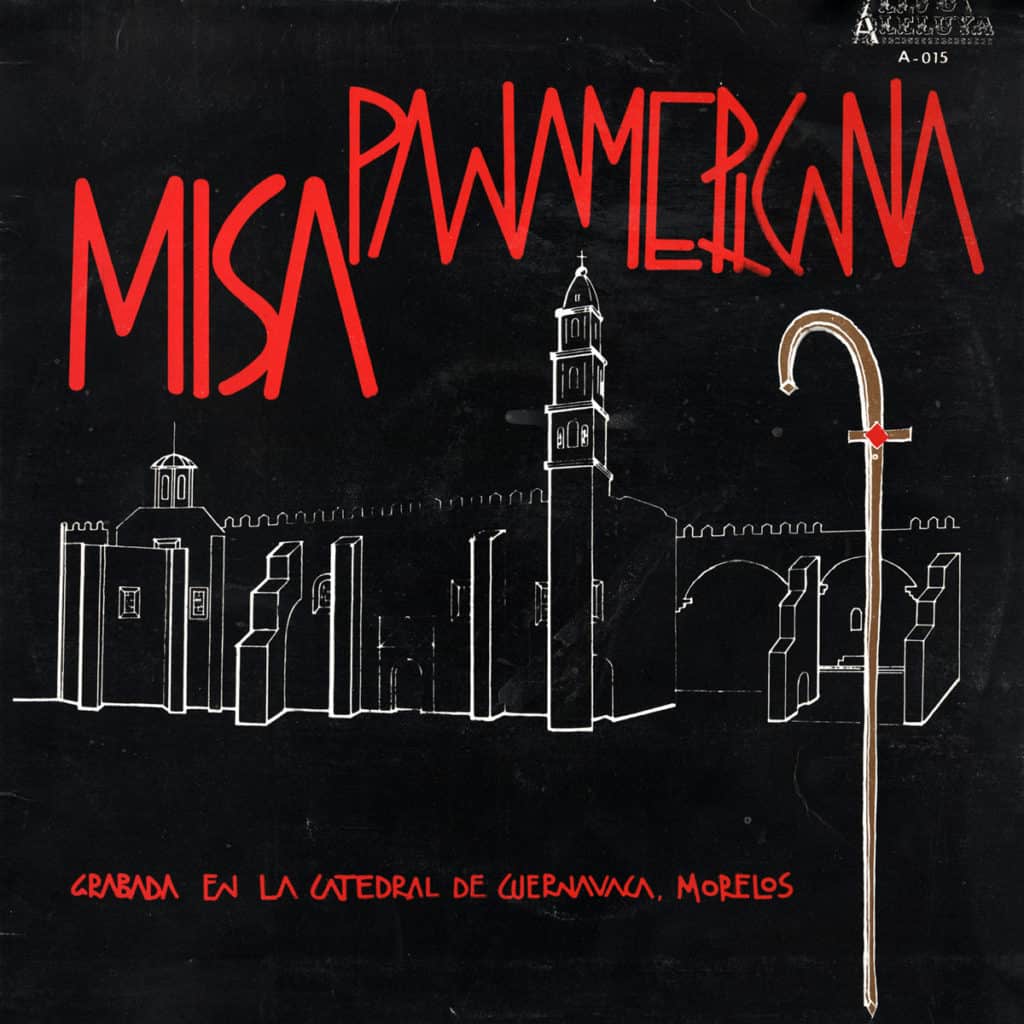
Miguel Hernández Moncada was born in Cuernavaca, Morelos on September 29, 1950. His first musical instrument was the vihuela, but the instrument he played for most of his life was the violin. From age 14, he began to work on weekends in Mexico City, an hour’s bus ride from his home town. He eventually settled in the nation’s capital city, where for half a century he was an omnipresent figure in iconic Plaza Garibaldi.
During the 1970s, Miguel worked with the Ballet Folclórico Nacional de México, directed by Silvia Lozano. There he met a dancer named Gloria Vásquez Chimal, and in 1973 they married. They had two children: Miguel Ángel and Montserrat Penélope.
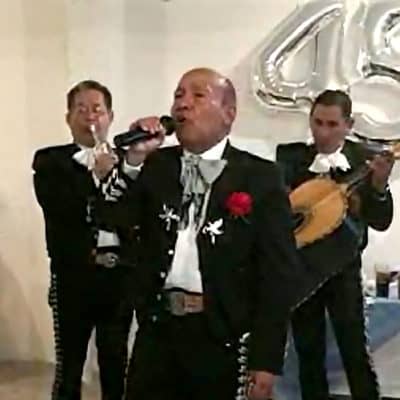
In 1974 Miguel formed his own Mariachi Nuevo México, an ensemble that labored daily in Plaza Garibaldi for three decades. Three of his brothers — Antonio, Nicolás, and Óscar — were part of that group. After he disbanded Mariachi Nuevo México around 2005, Miguel worked for a decade with Vicente Mejía’s Mariachi Continental Jalisciense. After 2015, he performed only sporadically, with the exception of a year he spent in the United States during 2019–2020.
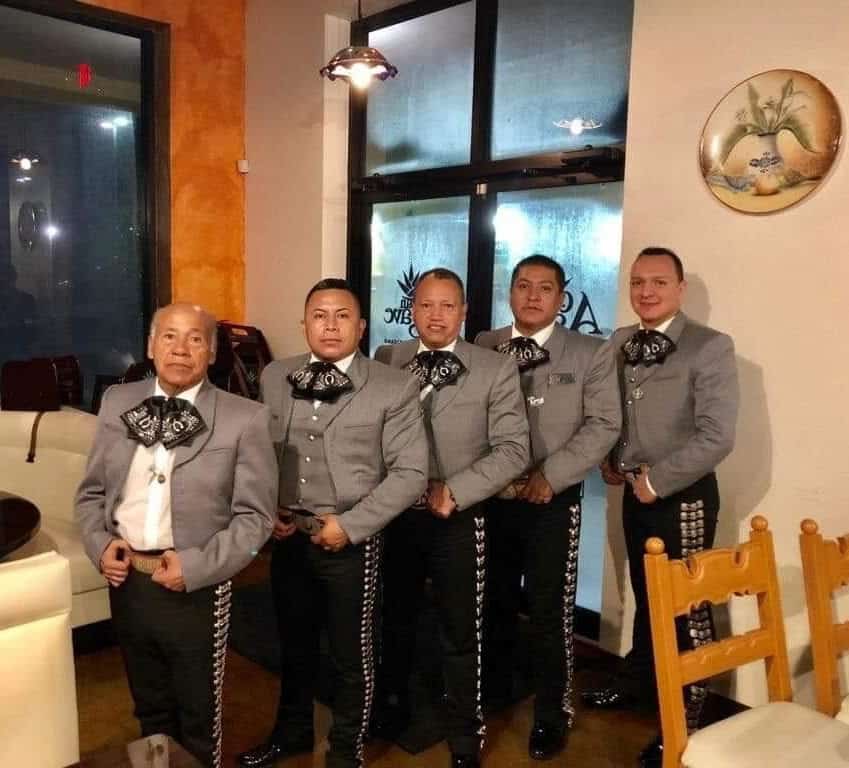
In June of 2020, just three months after returning form the U.S., Miguel Hernández lost his wife of 47 years due to medical problems unrelated to Covid-19. Seven months later, on December 22, 2020, Plaza Garibaldi lost a beloved figure when “La Pulga” perished from coronavirus. He is survived by his two children, five siblings, and four grandchildren.
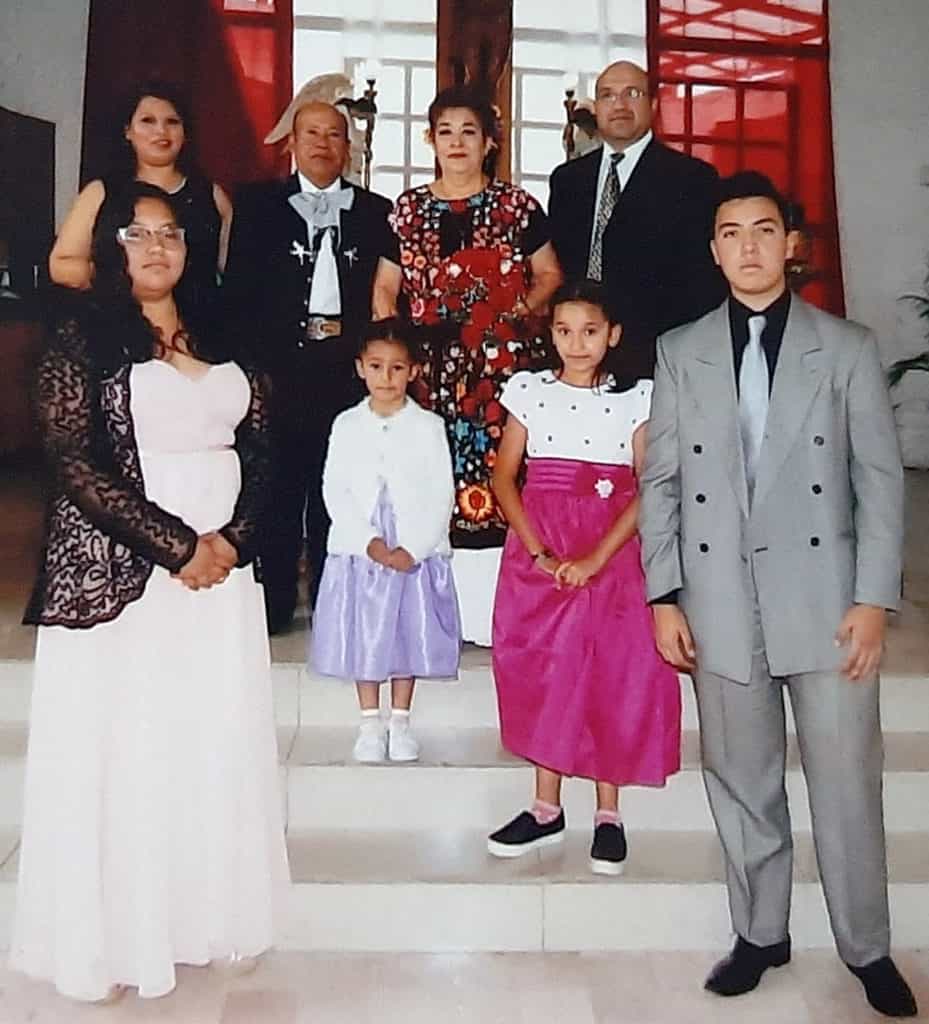
Frente: Yunuén (granddaughter), Paola (granddaughter), Valentina (granddaughter), Miguel Ángel (grandson)
—Jonathan Clark
We’ve heard time and time again how Covid-19 has had a devastating effect on the Latino community — especially the mariachi community. Our hearts go out to all of those affected by this pandemic. Although we are all anxious for all of this to be over, it’s not over quite yet, so please continue adhering to safety standards in your area, and help keep others around you safe as well.
As a reminder, please continue reading and sharing our blogs with others in the mariachi community, as we will continue keeping you updated on mariachi-related news and information and plans for the 27th Annual Mariachi Vargas Extravaganza in San Antonio, December 1-5, 2021, where an in-person, live event is currently being planned.
Good wishes to all from your Mariachi Vargas Extravaganza team!
PLEASE LEAVE YOUR COMMENTS BELOW

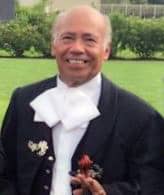


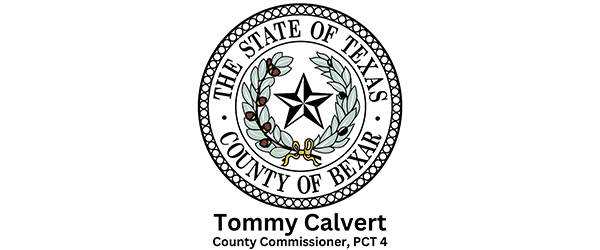



Fue un gran hombre, siempre su lado humano ante los demás, un gran maestro que hacía tocar hasta las piedras, un papá intachable que dio todo por sus hijos. Para mí es una gran perdida, porque lo quise y lo quiero mucho.
Gracias por todo, maestro Miguel: por la gran alegría que me diste de haberte conocido, de enseñarme el buen camino, de darme la oportunidad de aprender a tocar un instrumento.